Northwest nutrition
This article was originally published in September 2015
Have you ever thought about how aloe vera only grows in desert climates where you are more likely to get sunburnt? Is it possible the foods that thrive in the Northwest climate might protect us against the diseases most prevalent in our region, such as Multiple Sclerosis (MS) and skin cancer? Here are a few examples of Northwest foods that protect against common Northwest health problems.
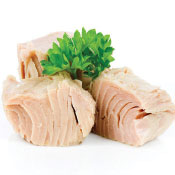
Seafood
Seafood is the best food source of vitamin D, and vitamin D deficiency is very common in the Northwest because of our northern latitude. MS is most common in regions further from the equator, where vitamin D deficiency is more pervasive. Thankfully, seafood offers a natural way to combat this problem.
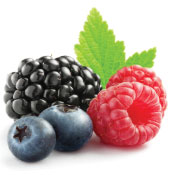
Berries
Berries provide a variety of antioxidants that support our immune systems and fight inflammation. They are some of the most potent anti-cancer foods. The anthocyanidins in blackberries can stop the growth of cancer cells, and blueberries have one of the highest antioxidant profiles of all fruits.
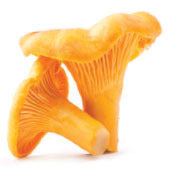
Mushrooms
Mushrooms thrive in the moist Northwest climate and contain immune-modulating polysaccharides, which may help to manage and prevent autoimmune disorders like MS. Mushrooms also are the only source of vitamin D in the produce department.
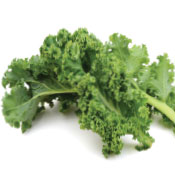
Kale
Kale (and other greens) are some of the richest sources of carotenoids such as beta carotene, lutein and zeaxanthin. These nutrients are stored in
our skin, where they protect our skin cells against the UV radiation that causes sunburn and contributes to skin cancer. Kale grows well here and is one of the most common veggies found in Northwest gardens.
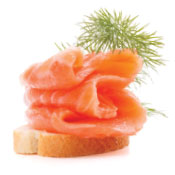
Salmon
Salmon provides omega-3 fatty acids, one of the most important nutrients that may help prevent autoimmune disorders (such as MS). Omega-3s help with depression and stop angiogenesis, a cellular process that promotes cancer. It kind of makes sense that salmon is the most iconic Northwest food.
More reasons to eat local for better nutrition
Seasonal diet
Eating with the season forces you to diversify your diet based on what foods are in season rather than selecting the same vegetables throughout the year. A diverse diet ensures you consume a wide array of phytonutrients from different fruits and vegetables. Summer’s peaches provide vitamin C and carotenoids while fall’s apples provide quercetin and other flavonoids. Each of these nutrients offers benefits, and mixing up your produce selection helps you consume as many phytonutrients as possible.
Explore our seasonal produce calendar to find out when local fruits and vegetables are available.
Vine ripened
When produce is shipped across the country, it’s picked before reaching full maturity and may be ripened under controlled conditions in a warehouse using ethylene gas. Locally sourced produce is more likely to be picked at the peak of ripeness. This “vine ripening” has been shown to increase the vitamin levels of tomatoes, peppers, peaches and apricots.
Heirlooms
Farmers selling to local markets often select heirloom varieties of vegetables and fruits because of their unique color, flavor and shape rather than selecting varieties based on their ability to withstand long distance transportation. These heirloom varieties also have higher nutrient levels than conventional produce.
